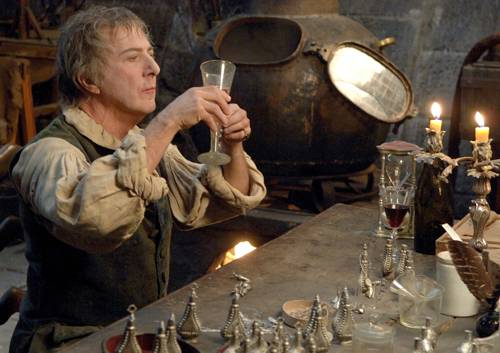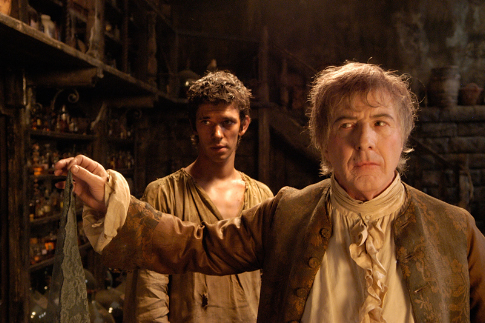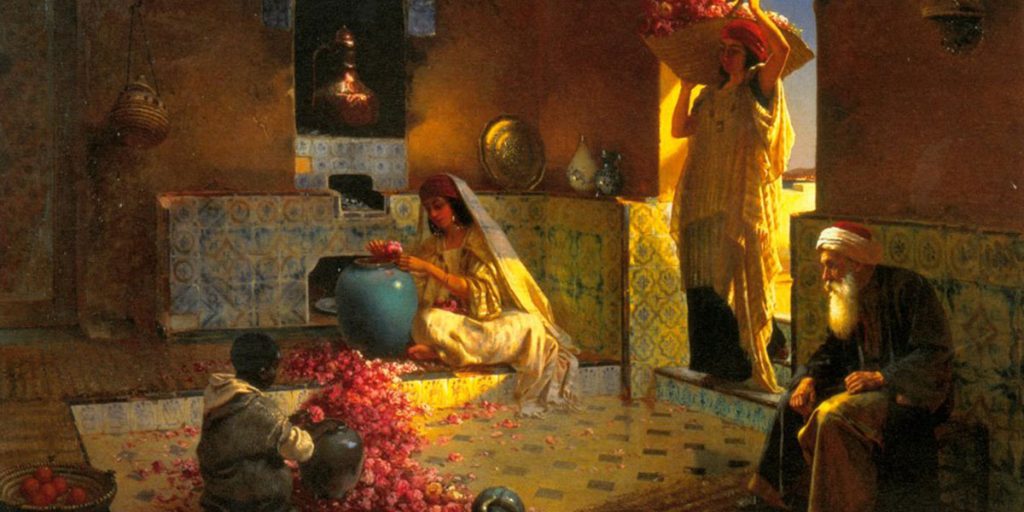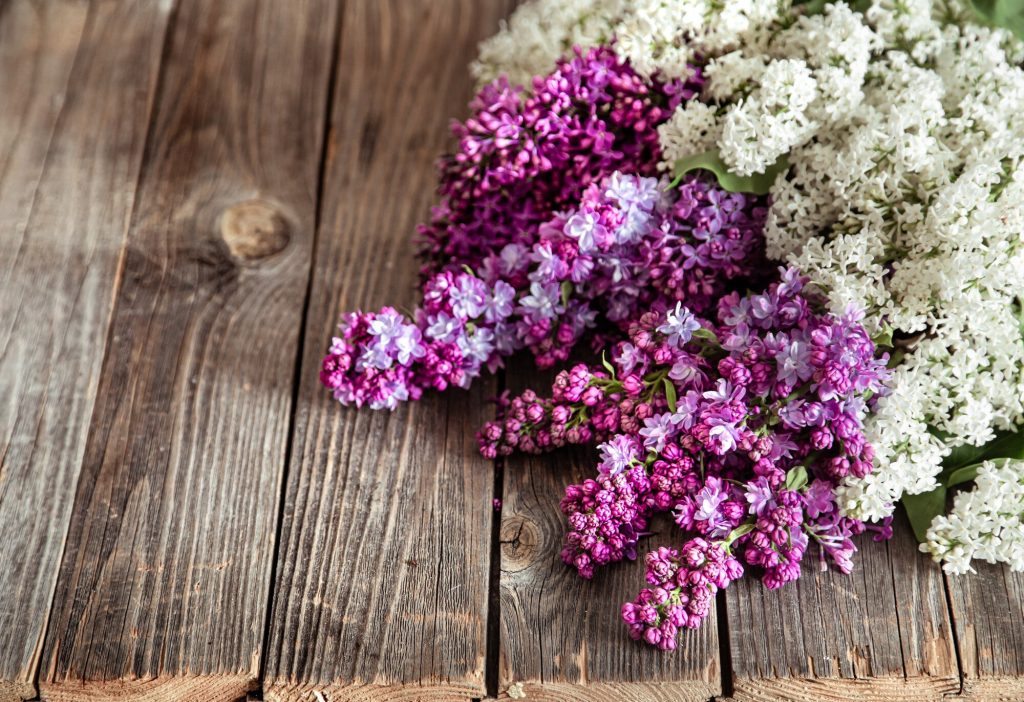purple the sails, and so perfumed, that the winds were love-sick with them,” Shakespeare wrote. Cleopatra is said to have greeted Marc Antony on a boat with perfumed sails after the assassination of Julius Caesar and became the queen of Egypt. The use of perfume is mainly associated with mystery, fantasy and imagination. We wear perfume to please others, to leave a good impression, to surround ourselves with a pleasing, lingering scent. Although perfume does have a long history, it has always carried a hint of romance.

Yesterday’s Perfume The word perfume comes from the Latin phrase, “per” meaning “thorough” and “fumus” meaning “smoke”. The French later gave the name “parfum” to the smells produced by burning incense. Indeed, the first form of perfume was incense, first made by the Mesopotamians about 4000 years ago. Ancient cultures burned a variety of resins and wood at their religious ceremonies. Incense made its way to Egypt around 3000 B.C. but until the beginning of Egypt’s Golden Age, perfumes were used only in religious rituals. They became available to all Egyptians as the priests gradually relinquished their exclusive rights. Citizens took elaborate baths and soaked their skin in scented oils for pleasure.
The ancient Greeks can take credit for the first liquid perfume. But it was the development of distillation by the Arabs that made perfume manufacture viable. Perfume enjoyed huge success during the seventeenth century, especially in France. Hygiene in those days was pretty spotty and fragrances were used to mask the unpleasant body odors. In England perfumes were used extensively during the reigns of Henry VIII and Queen Elizabeth I. All public places were scented during Elizabeth’s rule because she could not tolerate bad smells.
As with industry and art, perfume was to undergo profound change in the nineteenth century. Changing tastes and the development of chemistry laid the foundations for modern perfumery. At the turn of the century, perfume usually was derived from a single- flower fragrance. Today, perfumes are extremely complex, made up of many natural and synthetic chemicals, often referred to as “notes” or “overtones.” Chanel No5 was the first perfume created by applying modern chemical principles and the first to contain synthetics.

Eau de cologne, usually used by men, was invented by an Italian barber in the beginning of the eighteenth century in the German city of Köln. Hence the name cologne, the French name for the city. The original name of this concoction was “Aqua Admirabilis” (Admirable Water), and it was sold as a “miracle medicine.” The wonder water was highly praised by Napoleon and was first sold as a fragrance under the name 4711, the address of the first eau de cologne shop in Koln. It is still the world’s oldest continuously produced fragrance.
A Whiff of Chemistry The first stage in making a perfume is the extraction of the fragrant essential oils from plants. While many methods can be used, distillation is the most common one. Steam distillation is based on the principle that plant materials placed in boiling water will release their essential oils which then evaporate with the steam. Once the steam and oil have been condensed, the oil will separate from the water and can be collected. Thousands of kilos of flowers may be needed to obtain just one kilo of essential oil, which partly explains why many perfumes are so pricey. The oils are then diluted with alcohol, which also serves as a fixative, giving fragrances their long-lasting effect by delaying evaporation. The diluted solution is then left to steep in special copper or stainless steel pots before being cooled in order to allow any resins or waxy particles to settle. Next comes the filtering process, and last but certainly not least, packaging.
Scientists who experiment with different materials to come up with pleasing fragrances are called perfumers. Just as a good musician needs a good ear, a perfumer needs a good nose! Different companies have different procedures in choosing their perfumers, or as they like to call them, “noses”, but generally, candidates remain apprentices for a minimum of 6 years. Not only do they have to be able to recognize various raw materials by showing a keen olfactory sense, they also have to be imaginative and need a good understanding of chemistry. A good “nose” has to be a meticulous chemist and a creative artist.


